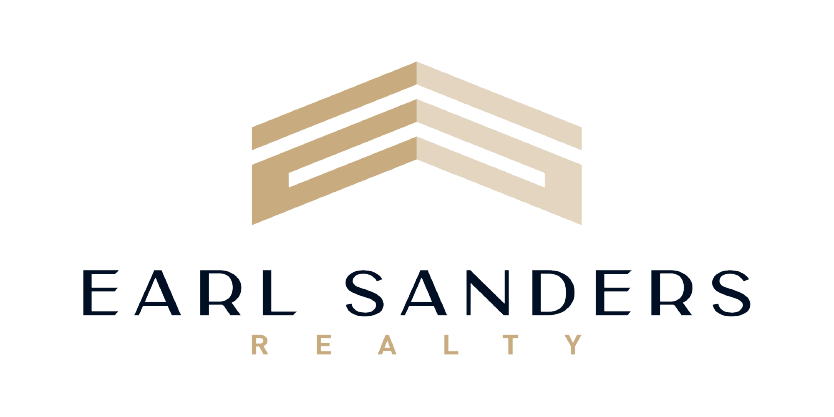MAKE A WISH LIST – Decide where you want to live and how many bedrooms and baths you’ll need. Consider lifestyle — condominiums offer shared amenities, with little responsibility. Single-family homes offer more space and privacy, but they also require more exterior and yard maintenance. Consider buying a fixer-upper for a reduced cost so you can remodel it to suit your needs.
GET PRE_APPROVED – You can prequalify yourself on the internet, but it takes a lender looking at your personal financial information to get prequalified. Your income, credit scores, revolving debts, obligations such as child support as well as the type of loan you choose will influence how much home you can buy. Other factors such as the down payment, interest rate and terms (30-year fixed or an adjustable rate) will determine what you can afford in monthly payments.
FIND A REALTOR TO ASSIST YOU – Armed with a sensible price range, you’re ready to hire a real estate expert to help you find the right home. Your real estate professional should be expert in the area where you want to live and familiar with the type of home you want to buy. Your agent should have house-by-house experience in the neighborhood you want so she or he can advise you.
SELECT A HOME – No home is perfect, so don’t let minor flaws influence you. Think long-term. Which available home best suits the needs of your household now and in the years ahead? Consider the amount of space, the floorplan, privacy, entertaining options and potential upkeep. Don’t buy more than you need or can comfortably afford.
MAKE AN OFFER – Your offer should reflect current market conditions. If a home has been on the market a long time, you can ask the seller for a price reduction, but if it’s new on the market, the seller is unlikely to comply. Sellers are more likely to respond to how much you love the home, than all the reasons why you don’t think it’s worth the asking price. Ask your real estate professional for advice on how to negotiate
GET A HOME INSPECTION – A home inspection is a professional third-party opinion of the home’s condition. The inspector will point out the age of systems, and large and small repairs that are needed, so you’ll know what you’re facing as the next owner. Don’t sweat small cosmetic flaws. Concentrate instead of high-cost items to replace such as air conditioners and roofing.
GET AN APPRAISAL – The bank appraisal determines market value to the lender. The appraiser will use comparables of similar homes that have recently sold. If the home doesn’t appraise for the purchase price, the bank will refuse to make the loan unless you renegotiate with the seller. If it appraises for the asking price, the lender will move toward closing.
GO TO CLOSING – Once final negotiations are complete, the parties to the transaction meet at the escrow office. This could be a title company, real estate attorney, or other closing agent customary in your area. All paperwork is signed by both parties. The lender pays the seller, minus any liens against the home such as the seller’s mortgage. Once all the disbursements have been made, you get the keys to your new home, according to your agreement.



